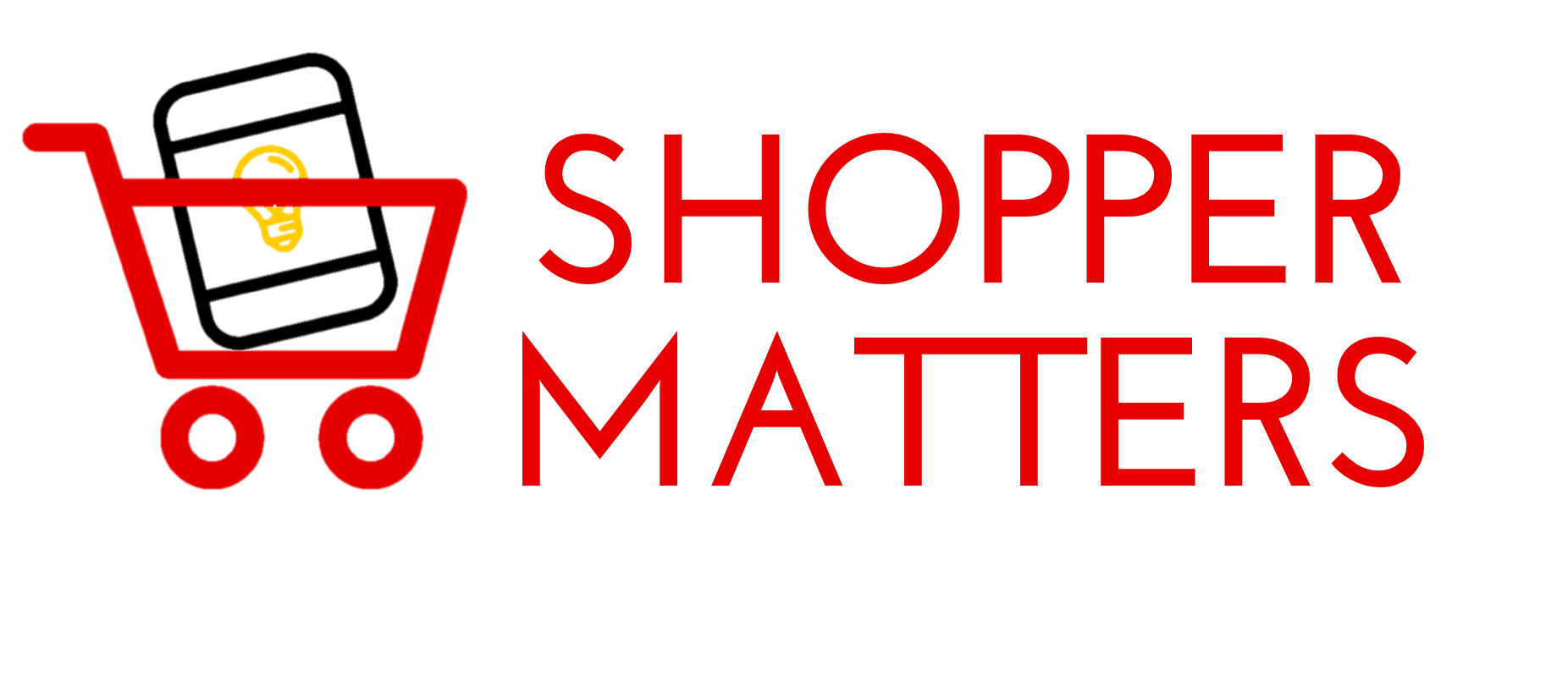BEYOND PROFIT…TOWARDS GREATER IMPACT
In his Non-Obvious Trends Report, Rohit Bhargava dedicates a section to “Investing and Buying With Purpose”. This is embedded in a larger trend called “Moonshot Entrepreneurship”. This trend highlights how startup founders “think beyond profit and consider how their business could make a positive social impact…”. But, this thought really applies to all businesses.
Let’s first discuss why this makes sense, then broaden Rohit’s thinking to the larger global business world, and lastly discuss the future impact on consumers and shoppers. First, some important stats that back up this trend:
Havas Worldwide has tracked corporate social responsibility for a decade. In their latest study, “73% of consumers believe companies have an ethical obligation to operate in a way that doesn’t harm the environment.” And, over half “avoid buying from companies that have a negative social or environmental impact”.
Most companies are now competing to earn Millennial customer loyalty. In a Deloitte Global Millennial Survey, Millennials claim to judge the performance of a business on what it does and how it treats people. To this group, business performance must mean more than a healthy balance sheet.
People’s expectations (as purchasers, consumers and investors) have been raised. Businesses must operate with multiple goals in mind, not just with a focus on the almighty dollar.
The Triple Bottom Line
The Triple Bottom Line (TBL) is not a new concept. The term was coined in 1994 by John Elkington (one of the world’s top authorities on corporate responsibility). TBL places emphasis equally across social (People), ecological (Planet) and economic (Profit) measures.
Businesses, large and small, have acknowledged this shift. They are aligning their brands towards a strategy of Purpose Driven Marketing. These quotes from the leaders of some of today’s top brands provide insight as to why:
“Our business success is directly linked to enhancing the well-being of the people who make and enjoy our products and to supporting the communities where we grow our ingredients.” – Irene Rosenfeld, Mondelēz
“There are fewer barriers to starting a brand. There is a need to have a genuine purpose and brand mission at the heart of what you do.” – Jo Hagger, Google
“Our business can only be as strong and sustainable and healthy as the communities we serve. Our wellbeing, as a business, is wholly interwoven with the wellbeing of our people, partners and communities.” – Muhtar Ken, Chairman and CEO, Coca-Cola
This idea is being embraced, not just with quotes, but by commitments. Brands are committing to transparency and choosing to stand for something in their marketing.
- THRIVE Farmers proposition is ‘superior coffee meets economic sustainability’. Their growth (including distribution at Chick-fil-A) is a great example of delivering better quality by making sure everyone along the supply chain benefits.
- General Mills, one of the world’s largest food companies has long taken on the challenges of hunger and education in the United States. They partner with Feeding America and local schools and ask consumers to join their effort via annual marketing programs: Outnumber Hunger, which has secured over 40 million meals since 2011 and Box Tops for Education which has given $700+ million to local schools since 1996.
These companies – and more – have seized the opportunity to not just give lip service to Purpose Driven Marketing. They actually make it a core part of their business strategy.
Buying With A Purpose: connecting customers to brands
Let’s get back to the trend forecast in Non-Obvious. The “ability to buy with purpose and from the companies that exhibit more responsibility to the world around them” is here to stay. While Millennials are more likely than last year to agree that businesses “behave in an ethical manner”, only 58% say this is true.
There is even greater opportunity to stand out from the crowd.
Brands must realize the demand from consumers and shoppers to represent something greater. It is important to hold your brand to the higher standard now emerging. Brands can – and must – do a better job being transparent and communicating that purpose. And, those that have yet to realize this trend must wake up and begin to transform their businesses to do greater good.
Embedding ‘purpose’ in everything you do is critical to the long term sustainability of business. And, not just a trend, but a macro-force that will shape the relationship between businesses, shoppers and consumers for decades to come.





